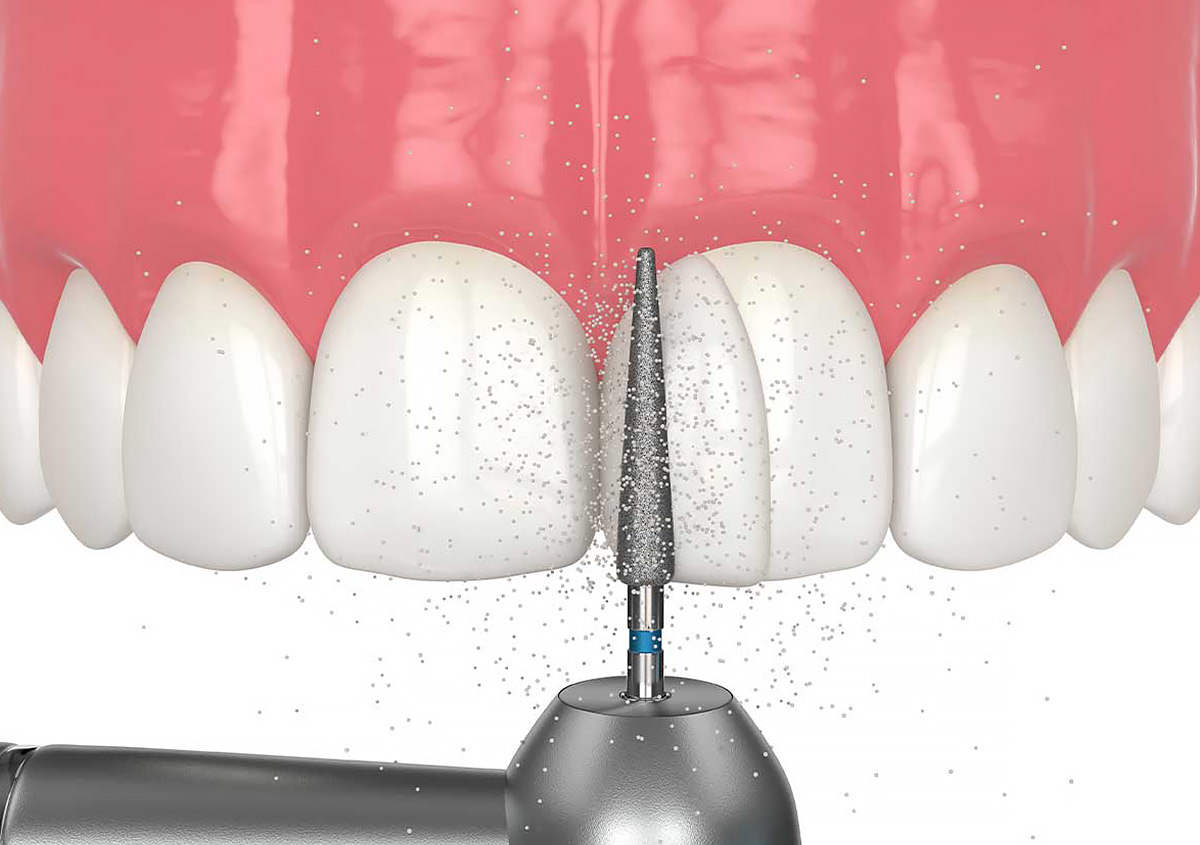Dental bonding is a popular cosmetic and restorative procedure used to improve the appearance and function of teeth. Whether filling small cavities, repairing chipped teeth, or closing gaps, bonding provides a minimally invasive option to enhance smiles. For those seeking Dental Bonding Cementing in Dubai, understanding the difference between traditional and modern techniques can help in making an informed decision about treatment options. This article compares both methods, highlighting their advantages, limitations, and clinical applications.
What Is Traditional Dental Bonding Cementing:
Traditional dental bonding involves applying a composite resin material directly to the tooth’s surface after minimal preparation. This resin is manually sculpted and hardened using a curing light to restore the tooth’s shape and function. The process typically requires roughening the tooth surface with an acid etch, applying a bonding agent, and then layering the resin carefully. This technique has been widely used for decades and remains a trusted option for many restorative needs.
Modern Dental Bonding Techniques Explained:
Modern dental bonding techniques leverage advances in materials science and digital dentistry to enhance precision, durability, and aesthetics. These methods often incorporate improved composite resins with better wear resistance and color matching. Additionally, some clinics use computer-aided design and manufacturing (CAD/CAM) technology to create custom bonding materials or veneers. Laser etching and enhanced bonding agents also improve adhesion and reduce sensitivity. Such innovations make modern bonding more predictable and longer-lasting.
Key Differences Between Traditional and Modern Bonding:
While both traditional and modern bonding aim to restore teeth effectively, the differences lie in materials, tools, and outcomes:
-
Materials: Modern composites offer superior strength and shade variety compared to earlier formulations.
-
Technology: Digital impressions and CAD/CAM allow more accurate bonding restoration fabrication.
-
Procedure Time: Some modern techniques reduce chair time with streamlined workflows.
-
Durability: Enhanced bonding agents in modern methods provide stronger, longer-lasting adhesion.
-
Patient Comfort: Laser preparation and improved materials minimize discomfort and post-treatment sensitivity.
Advantages of Traditional Dental Bonding:
Traditional dental bonding has several advantages that make it suitable in many cases:
-
Minimal tooth preparation preserving natural enamel
-
Cost-effective compared to more complex restorations
-
Immediate results with one appointment in most cases
-
Versatile application for small chips, gaps, and discoloration
-
Proven track record with predictable outcomes
Benefits of Modern Dental Bonding Techniques:
Modern bonding techniques come with their own set of advantages tailored to meet evolving patient needs:
-
Highly aesthetic results with better shade matching
-
Increased longevity due to stronger bonding materials
-
Use of digital tools to customize and precisely fit restorations
-
Less risk of failure or debonding over time
-
Potential for reduced treatment time and visits
Common Clinical Applications for Both Techniques:
Both traditional and modern dental bonding methods can address similar dental concerns effectively:
-
Repairing chipped or cracked teeth
-
Closing small gaps between teeth
-
Reshaping uneven or worn tooth edges
-
Covering discolorations or stains
-
Filling minor cavities in visible areas
How Dentists Decide Which Technique to Use:
Choosing between traditional and modern dental bonding depends on several factors including the patient’s oral health, cosmetic goals, budget, and the complexity of the case. Dentists providing Dental Bonding Cementing in Dubai carefully assess each situation to recommend the best approach. They consider:
-
The extent of tooth damage or defect
-
Desired aesthetic outcome
-
Patient sensitivity and comfort
-
Long-term maintenance and durability needs
-
Available technology and materials at the clinic
Tips for Maintaining Bonded Teeth:
Proper care is essential to prolong the life of bonded teeth, regardless of the technique used. Patients should follow these recommendations:
-
Maintain good oral hygiene with regular brushing and flossing
-
Avoid biting hard objects like ice or pens
-
Minimize consumption of staining substances such as coffee and tobacco
-
Schedule regular dental check-ups for early detection of wear or damage
-
Use a mouthguard if prone to teeth grinding or sports injuries
Final Thoughts:
Both traditional and modern dental bonding techniques have important roles in cosmetic and restorative dentistry. Traditional methods offer a tried-and-true approach that is accessible and effective for many cases, while modern techniques provide enhanced aesthetics, durability, and comfort through technological advancements. For those considering Dental Bonding Cementing in Dubai, consulting a skilled dentist can help determine the most suitable option based on individual needs and preferences. By understanding these methods, patients can confidently achieve beautiful, lasting smiles.







0 Comments